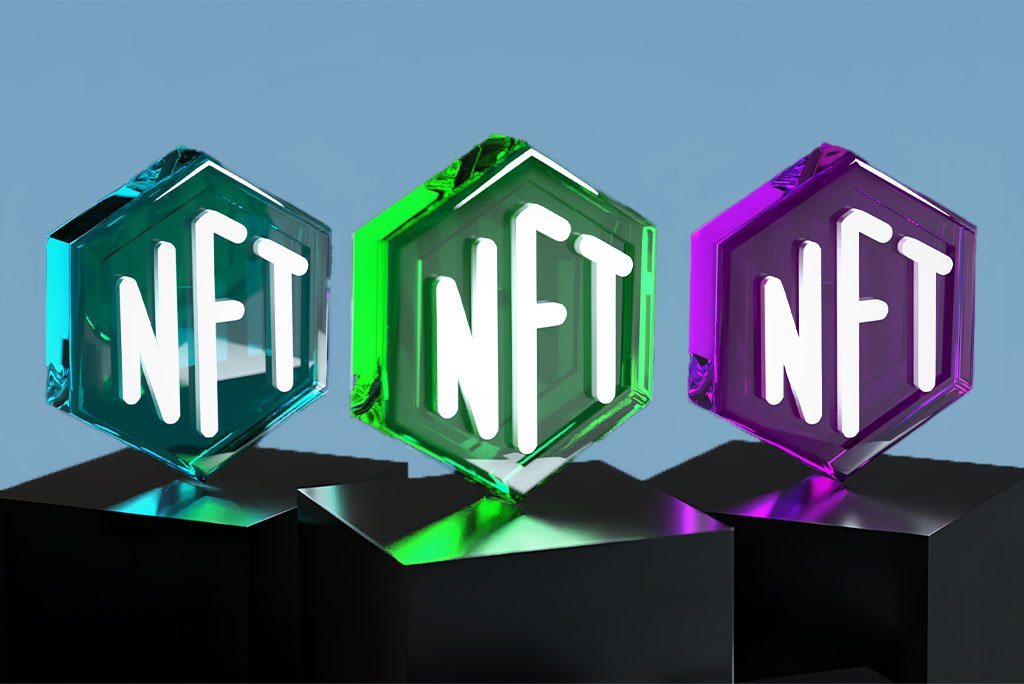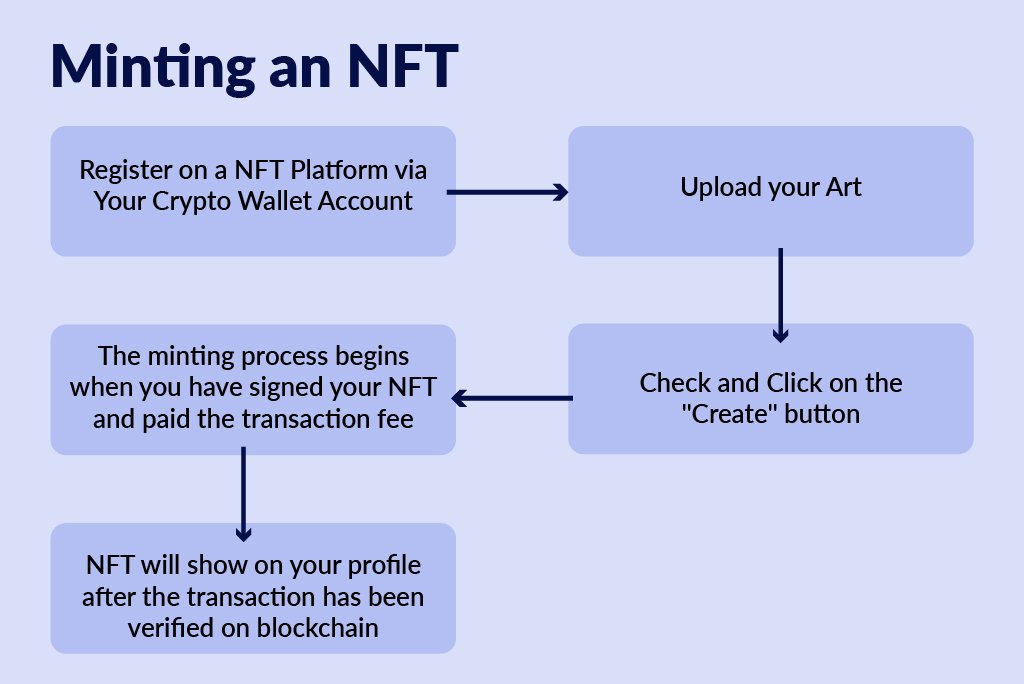Non-fungible tokens, or NFTs, have become quite popular. So are NFTs worth the hype? Are they the right fit for you? To answer these questions, you must get a basic understanding of what an NFT is and what they are all about. Let’s delve right into the guide to get a better understanding of NFTs.
What are NFTs?

NFTs have been around since 2014. Non-fungible tokens, or NFTs, are digital assets that symbolize real-world assets or objects. For example, music, art, in-game objects, avatars, cars, or houses. A non-fungible token (NFT) is a unit of data based on a blockchain with a unique identification code that can’t be copied. The metadata distinguishes them from each other, and therefore, it provides solid proof of ownership.
Understanding How NFTs Work
Most NFTs reside on a blockchain, a distributed public ledger. NFTs are unique tokens with information stored in them, and you can buy and sell them on the market like any other physical asset. Since NFTs have unique identification codes that can’t be tampered with, it is easy to verify ownership.
Creating NFTs

Minting is the process of creating NFTs. Minting involves converting a digital file into a blockchain-based NFT. You can carry this out on NFT marketplaces. These are platforms that also allow trading them. For example, some of the largest international NFT marketplaces include Open Sea and Rarible. Minting an NFT on these platforms gives you the opportunity to sell it to your visitors.
Let’s quickly go over the basic steps involved in minting.
Firstly, start by setting up a crypto wallet. Most of them are compatible with Ethereum Blockchain.
Secondly, you select a suitable NFT marketplace to mint your NFT. There are marketplaces available that let you create your NFT marketplaces.
Thirdly, follow the easy-to-follow steps on these platforms.
- You can select the digital file you want to create into an NFT and upload it.
- You get options to mint a single or set of NFTs. BEP-721 is for a single NFT, whereas BEP-1155 is for a set of NFTs.
- Ultimately, you may have to pay fees to the marketplace and minting NFT.
Difference Between NFTs and Cryptocurrencies

There is one similarity between non-fungible tokens and cryptocurrency. Similar programs such as Ethereum and Bitcoin build both NFTs and cryptocurrencies.
The difference, however, lies in the “fungible” part. Cryptocurrencies are fungible. To clarify, you can exchange and trade them for one another. Additionally, they are also equal in value.
Whereas non-fungible tokens or NFTs, as the “non-fungible” part of their name suggests, can’t be traded for one another. In short, they are unique. For example, one digital art piece token can’t be considered of equal value to another piece of music or even another art piece. They are unique; hence they can’t be equal.
Importance of NFTs
-
Better authenticity
As mentioned earlier, NFTs are unique. They are built on the blockchain, and one can’t tamper or mess with them. Therefore, it is of value and also legitimate. Since the blockchain tech ensures that replacement or changes can’t affect them, this proves to be an authentic and valuable addition of assets.
-
Proof of ownership
Since specific blockchain network store NFTs, you can prove and verify ownership of them easily. You can also ensure protection against risks such as fraud because they come with non-distributable characteristics.
-
Marketplace efficiency
The main benefit of NFTs is marketplace efficiency. Since they do not depend on intermediaries or agents, it is quite valuable for artists like musicians. NFTs help them connect with their audience directly. This also reduces costs to a great extent because you don’t have to rely on agencies and, as a result, brings in more profits.
-
Security
As NFTs are blockchain-based, your digital assets are safe. It enhances security and safeguards your assets from fraud.
-
Better inclusivity
NFTs allow a pool of multiple traders and creators into a single system or space. This improves inclusivity. Creators get value for their creations via NFTs as it removes any need for middlemen. It also proves beneficial for traders to access digitized assets and cryptocurrencies. Additionally, there are upcoming nfts that allow shared ownership of multiple people to a single entity.
A Brief History of NFTs
Although NFTs gained popularity recently, they began in 2014. The first NFT was Quantum, and Kevin McCoy minted it in 2014. The next couple of years saw other NFTs that launched on pre-Ethereum blockchains. However, they didn’t gain popularity.
In 2017, NFTs gained popularity when launched via the Ethereum blockchain. But it wasn’t until 2021 that NFTs truly became mainstream. This included the most expensive NFTs as well. During the pandemic, people turned to the internet and embraced digital transformation. The first creator to sell NFT was Beeple which got $69 Mn. This resulted in many companies and brands, such as Taco Bell, Adidas, and Hot Wheels, showing interest and launching their own NFT projects.
Some of the popular NFTs in order of the year they were created are Quantum (2014), Spells of Genesis (2015), Rare Pepe (2016), CryptoPunks and KryptoKitties in 2017, Axie Infinity (2018), Decentraland, NBA Top Shot, and Art Blocks in 2020, and Bored Ape Yacht Club in 2021.
Conclusion
NFTs proved to be important in the present-day digital world. Their popularity results from their unique, secure, and authentic characteristics. This also makes them a perfect fit for artists and traders alike. They are generally secure, as they can’t be tampered with or hacked into.

